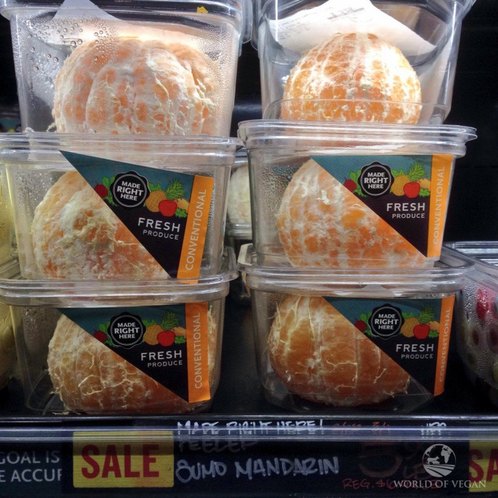Join the #ZOPlasticChallenge and help save our environment
The #ZOPlasticChallenge will run for the month of September. We urge readers to join in by emailing your plastic reducing tips to zulobs@zob.co.za so we, as a community, can stand together to save our environment

WHAT is your secret to saving the environment?
What tips can you pass on to your fellow Zululanders to reduce plastic usage in their homes?
The #ZOPlasticChallenge is in full swing and we would love to hear how your plastic practices are contributing to a cleaner environment.
Plastic may be unavoidable, but we can all make changes somehow that, no matter how small, will have an impact if upheld.
Using reusable shopping bags instead of buying plastic ones is a good start; using fabric fruit/vegetable weighing bags instead of plastic ones is another handy tip; buying cool drinks in tins or glass bottles, not buying ready cut-up pre-packaged fruit and vegetables, not using plastic straws.

ALSO READ: The final straw
These are just some examples of how we could all reduce our plastic reliance on a daily basis.
Implementing just a few changes – and sticking to them – will make a difference.
As we live in a coastal region in close proximity to protected areas, the popular activity of releasing balloons, for whatever occasion, is an absolute environmental no no.
While this has become a common tradition the world over, there are many reasons it should not be done, as well as numerous alternatives.
Balloons released into the air do not simply disappear.
They float until they pop or they get caught on tree branches or electrical wires.
They deflate and return to earth, and that is where the problem for wildlife begins.
ALSO READ: Saving the environment one small deed at a time
Whether the balloons land in the ocean or on land, they are mistaken by wildlife for food.
If ingested, balloons lead to internal injury, starvation and eventual death.
The string or ribbon tied to the balloon often leads to entanglement when, for example, it gets wrapped around a bird’s leg or, worse still, around a bird’s beak, effectively tying it closed.
A recent study in the journal Scientific Reports found that soft plastic like balloons is more harmful to seabirds than hard plastics.
Sea turtles – some of which are endangered – are at special risk because when floating on the sea’s surface; balloons resemble jelly fish, as do plastic bags.
Turtles suffocate or suffer a clogged digestive system, eventually dying a slow and painful death as a result of eating these ‘jelly fish’.
Balloons that land in the environment also, over time, leach harmful toxins which could be absorbed into the water table, eventually harming people.
Take the #ZOPlasticChallenge and start making a difference today.
Be sure not to miss our upcoming online article on effective alternatives to balloon releasing.
Look out for future #ZOPlasticChallenge articles in upcoming ZO Monday editions as we will provide pointers from the municipality on how residents can recycle when they do not receive separate municipal-issued recycling bags or bins.
HAVE YOUR SAY
Like our Facebook page and follow us on Twitter.
For news straight to your phone invite us:
WhatsApp – 072 069 4169
Instagram – zululand_observer

